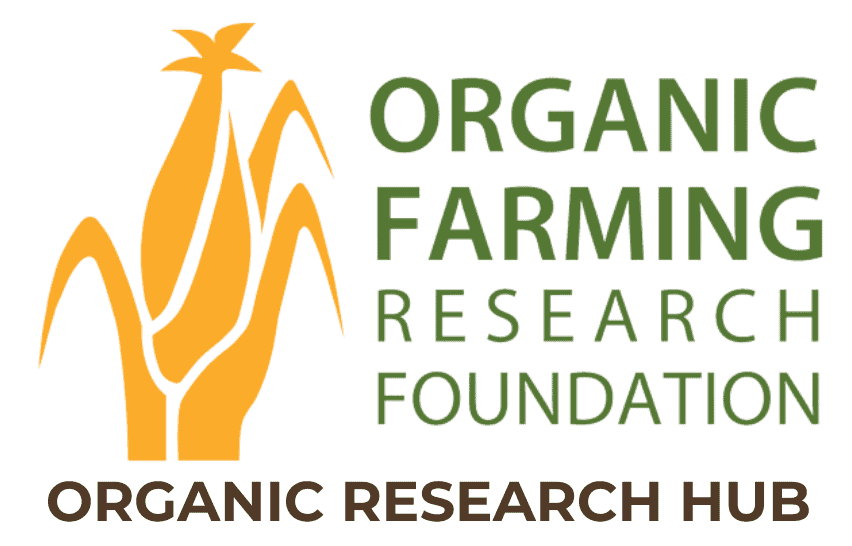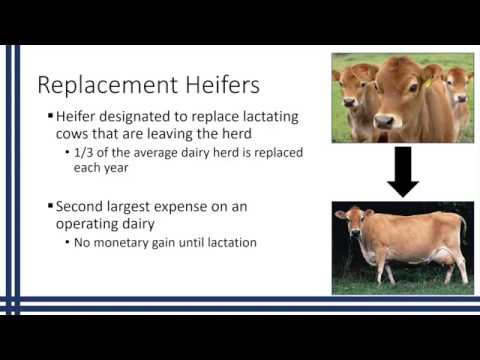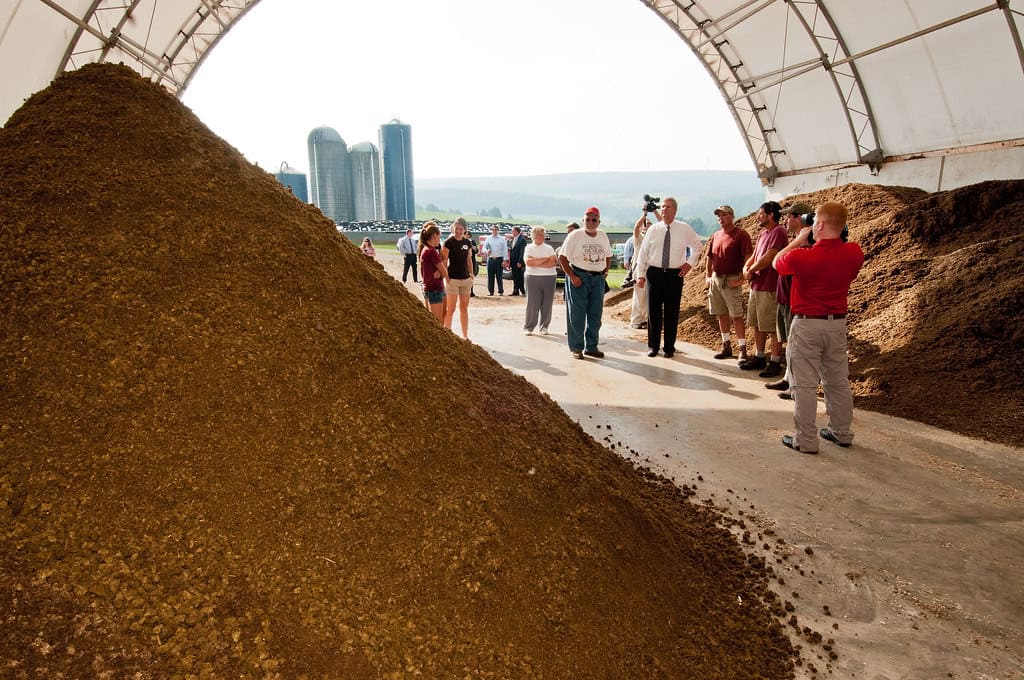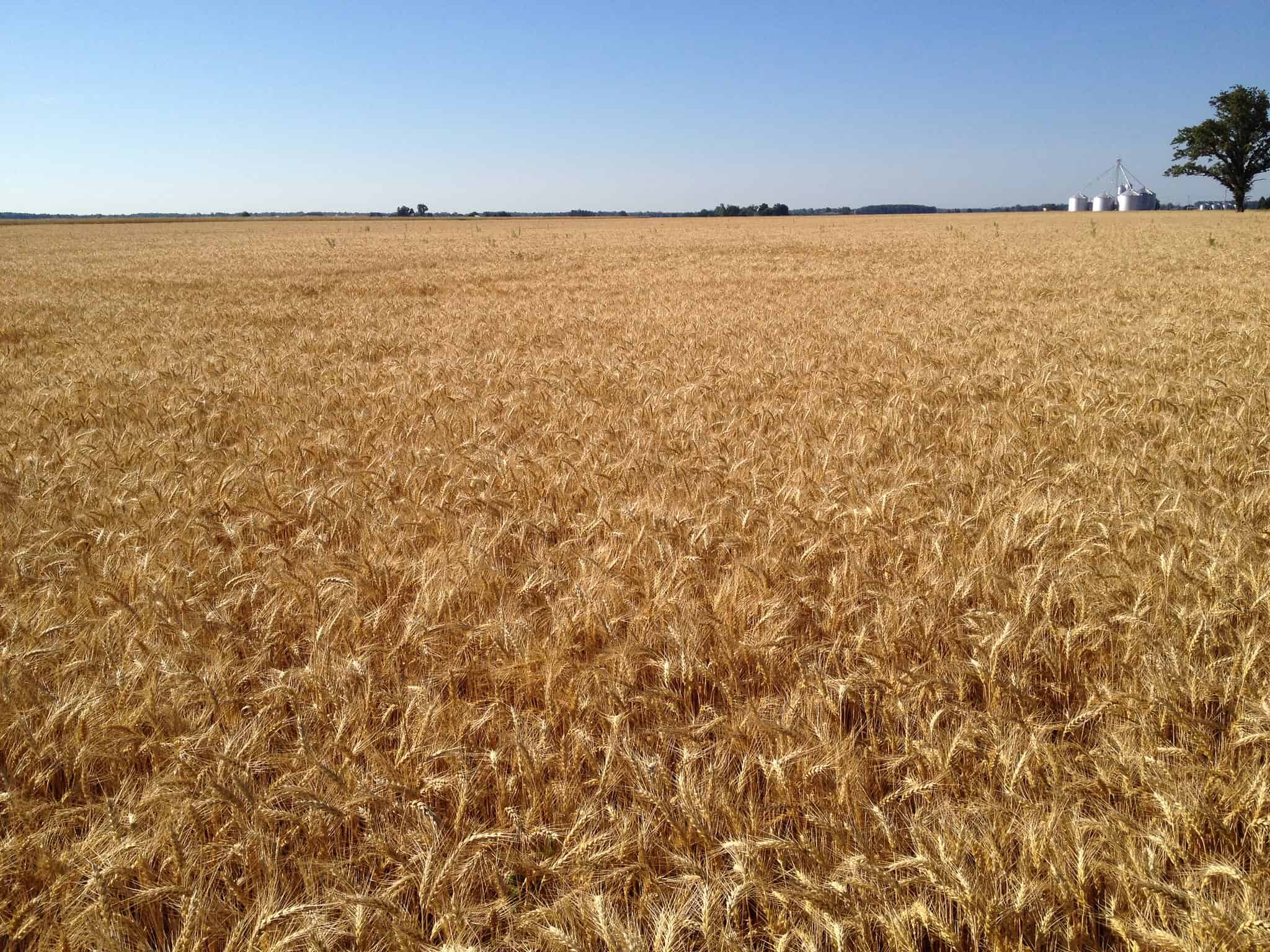Comparison of Dairy Manure vs. Compost Effects on Nitrogen Mineralization in Organic Annual Forage Systems
Project Director: Tunsisa Hurisso, Lincoln University of Missouri
Project overview
Organic forage production is an important component of organic agriculture, as it supports both organic dairy and meat production. High demand for organic dairy and meat in recent years has increased the need for organic forage acreage; as such, organic growers may consider incorporating annual forage crops into their crop rotations during the summer months between spring vegetable harvests and fall cover crop plantings.
Applying manure or compost to an organic production system can be an excellent way of incorporating nitrogen (N), the limiting nutrient in temperate agroecosystems. However, it can be challenging for organic growers to synchronize organic amendment decomposition (specifically, the release of plant-available, mineral N) with crop demand.
This study assessed the effects of fresh dairy manure and composted dairy manure on short-term N mineralization, microbial biomass, and forage crop N uptake/yield in a summer teff production system. The study is part of an ongoing effort to evaluate the integration of warm-season forage crops into organic vegetable rotations as a viable cropping system option in Colorado.
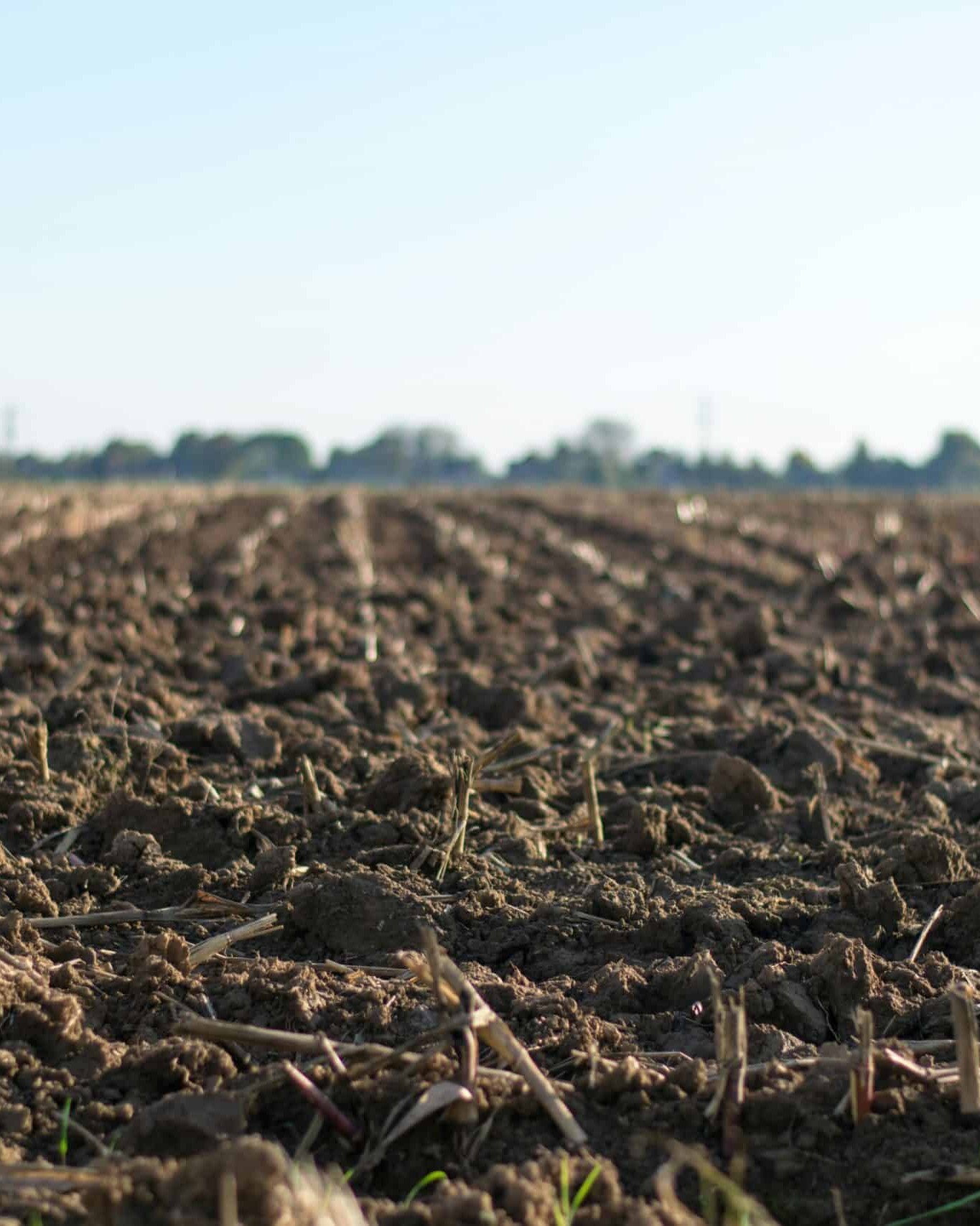
Farmer takeaways
- Fresh dairy manure can support summer forage productivity (dry matter yield and N uptake) during the first season of application, due in part to an increase in N mineralization and availability of mineral N.
- Composted dairy manure is slower to decompose, and may not provide sufficient levels of plant-available N in time to support summer forage growth during its first season.
Project objectives and approach
Determine the effects of fresh dairy manure and composted dairy manure on short-term N mineralization, microbial biomass carbon (MBC), and microbial biomass nitrogen (MBN) during a summer teff forage growing season
- A research study was conducted at the Colorado State University Horticulture Field Research Center on certified organic land during two consecutive teff forage growing seasons. The organic soil amendment treatments included: (1) fresh dairy manure (DM), (2) composted dairy manure (DMC), and (3) an unamended control.
-
- Amendment application rates were determined based on amendment N content, soil organic matter (SOM) content, and residual soil nitrate levels, and were targeted to supply ~123kg plant-available nitrogen (PAN)/hectare during Year 1 and ~56kg PAN/hectare during Year 2. The reduction in target PAN between Years 1 and 2 aimed to account for potential N release from the previous year’s amendments.
-
- Teff (var. Tiffany) was seeded in June and harvested in August during both years.
- N mineralization was measured using intact soil cores coupled with ion exchange resin bags. Aluminum tubes were inserted into the ground, withdrawn, and the bottom 2cm of soil removed/replaced with an ion exchange resin bag before being reinserted into the original soil core hole. Replicate tubes were retrieved and analyzed for mineral N at three different incubation periods.
- Soil sampling for MBC and MBN occurred two years after the initiation of the experiment.
Determine the effects of fresh dairy manure and composted dairy manure on teff N uptake and yield
- A sample of teff was harvested from each plot, which was used to calculate dry matter yield (DMY) and N uptake.
Key findings
Net N mineralization in fresh dairy manure-amended soil was significant higher than that of composted manure-amended and unamended control soils during the first summer forage growing season
- The proportion of fresh dairy manure nitrogen that was mineralized/converted to plant-available forms during the 75-day incubation period ranged from 24% to 35% of total added N.
-
- In comparison, the proportion of composted dairy manure nitrogen that was mineralized during the incubation period was ~7%, suggesting that fresh dairy manure may be easier for soil microbes to break down than composted dairy manure and may provide plant-available forms of N in time to support forage growth during the first growing season. Conversely, composted dairy manure may act as a stable, slow-release fertilizer.
-
Net N mineralization was significantly lower during the second summer forage growing season, with no significant differences between fresh and composted dairy manure treatments
- During Year 2, there were no significant differences between net N mineralization between the two manure amendments, although both manure treatments had a higher N mineralization than the unamended control.
- Less than 8% of the total added N was mineralized during the second growing season, which was significantly lower than expected. This could be due to several factors, but the researchers postulate that their calculations for carryover N release from the Year 1 organic amendments may have been overestimated, resulting in manure application rates during Year 2 that were too low.
Microbial biomass carbon (MBC) and microbial biomass nitrogen (MBN) may be more strongly influenced by sampling time and depth than by organic amendment type
- There were no statistically significant differences in MBC or MBN between the fresh dairy manure and composted dairy manure treatments. The researchers postulate that these findings may be due in part to the annual tillage-induced soil disturbance that took place in this study.
Fresh dairy manure may increase forage crop N uptake and dry matter yield (DMY) during the first summer forage growing season
- During Year 1, the fresh dairy manure-amended treatment resulted in a 14% and 23% higher N uptake than the unamended control and composted manure treatment, respectively. Similar trends were observed for dry matter yield between treatments.
Resources
Hurisso, T. T., Davis, J. G., Stonaker, F. H., Goldhamer, D. A., & Brummer, J. E. (2024). Comparison of dairy manure versus compost effects on short-term nitrogen mineralization and microbial biomass in organic annual forage production system. Agrosystems, Geosciences & Environment, 7(3), e20555.
Read MoreLocation
ColoradoCollaborators
Jessica Davis, Colorado State University
Frank Stonaker, Colorado State University
Daniel Goldhamer, Colorado State University
Joe Brummer, Colorado State University
SARE Region
Western
TOPP Region
Plains
Topic
Soil Health, Crop Nutrient Management, Livestock Feeding
Category
Hay and Pasture, Livestock
Year Published
2024
